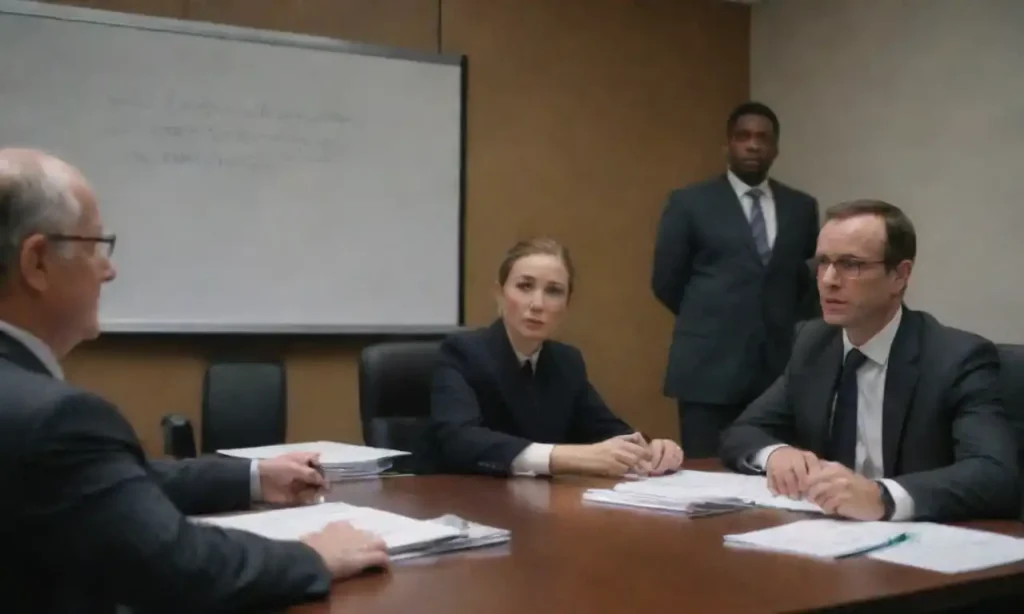Effective Techniques for Modifying a Trial Strategy Mid-Way

In the intricate world of law, trial strategies are paramount to achieving optimal outcomes. An attorney’s ability to adapt to the dynamics of a courtroom is often what separates successful cases from disappointing verdicts. This adaptability requires a careful reassessment of evidence, jury behavior, and opposing counsel’s tactics. Recognizing when and how to adjust your trial strategy mid-way through proceedings is essential for any legal professional eager to secure a favorable judgment.
This article delves into effective techniques for modifying a trial strategy mid-way, exploring the various indicators that suggest a change is necessary, as well as practical approaches to implementing such changes. Understanding the significance of these adjustments can not only bolster your case but also enhance your overall performance in the legal arena. We will cover the critical factors that influence a trial’s trajectory and provide insightful methods that can increases your likelihood of success.
Recognizing When to Change Your Strategy
One of the most challenging aspects of litigation is knowing when to pivot from an established trial strategy. Often, attorneys can be reluctant to stray from their original plan due to the effort invested in developing that strategy. However, recognizing the signs that it is time for a change can significantly affect the trial's outcome. Key indicators might include unexpected testimony from witnesses, movements in the jury's body language, or a dramatic shift in what evidence is being presented. For instance, if a witness's testimony unveils facts that contradict the primary argument, it may necessitate a reevaluation of your trial strategy.
Moreover, it’s crucial to pay attention to jury dynamics. Jury members may express skepticism, confusion, or disinterest based on particular aspects of the case. Observing their reactions can provide valuable insights into whether your planned approach continues to resonate or if it needs adjustment. Effective juror engagement is vital, and if you sense disconnection or disengagement, it might be time to rethink your trial strategy and focus on elements that resonate more deeply with the jury's values and experiences.
Analyzing Your Opponent’s Tactics
Modification of a trial strategy should also take into consideration the opposing counsel's approaches and tactics. The adversary’s arguments and evidence can significantly influence your case's direction. When your opponent introduces powerful evidence or compelling witnesses, it is essential to assess their potential impact critically. This evaluation might reveal weaknesses in your position and illuminate the need for a revised strategy.
For instance, if the opposition effectively dismantles your argument regarding liability, you may need to shift your focus towards establishing damages more emphatically. The goal is to not only safeguard your position but also present a more compelling case to the jury that counters the evidence presented by the opposition. Being vigilant and responsive to the opponent's moves can enhance your effectiveness in the courtroom and allows you to reinforce your case where it may seem weakest.
Emphasizing Flexibility and Preparation
A key component of adjusting your trial strategy is maintaining flexibility during proceedings. Successful attorneys often prepare multiple avenues of argumentation and anticipate different scenarios. This level of preparation allows for swift recalibration of strategies when necessary, minimizing disruptions during the trial.
Before the trial begins, create a contingency plan that addresses possible twists in the narrative presented by witnesses or the introduction of unexpected evidence. This preparatory work can provide a roadmap for shifting your focus without apparent disarray. For example, if witness reliability comes into question, having alternative witnesses ready to corroborate critical elements of your argument can lend credibility to your case without skipping a beat.
Engaging with All Available Resources
Changing a trial strategy mid-way often necessitates input from a team rather than depending solely on individual insight. Engaging colleagues, co-counsels, and consultants can provide a broader range of perspectives on how to handle unforeseen trial developments. Collaborative discussions can unveil new strategies or address blind spots that you may not have considered on your own.
Moreover, utilizing expert witnesses can greatly enhance your trial strategy. When faced with technical evidence or complex topics, including experts can help clarify intricate points and lend authority to your arguments, bolstering your position effectively. These additional resources can facilitate a robust response to opposing claims and enhance the jury's comprehension of the case's critical issues.
Communicating Changes to Your Team and Clients
When modifying your trial strategy, clear communication with both your team and clients is essential. It is pivotal that all parties are on the same page regarding any shifts in approach, as miscommunication can lead to disorganization and frustration in the courtroom. Provide updates and explanations of the reasons behind strategic changes to ensure smooth implementation.
Additionally, addressing your client about potential shifts and their implications fosters trust and transparency, which can significantly relieve stress for both you and your client during this critical time. It is vital to reassure your client that modifying the strategy is a tactical move designed to enhance their likelihood of success—and that every decision is made with their best interests in mind.
Conclusion: Mastering the Art of Adaptability in Court
In conclusion, the ability to modify a trial strategy mid-way through a case is a vital skill that can make a significant difference in judicial outcomes. By recognizing key indicators that suggest change, analyzing your opponent's tactics, and maintaining flexibility through thorough preparation, attorneys can position themselves more favorably. Engaging with resources and ensuring that all parties involved are well-informed fosters unity and clarity in a fluctuating environment. Ultimately, the art of adaptability is crucial for legal professionals who aim not just for a verdict but for the best possible outcome in every case they handle.

Leave a Reply